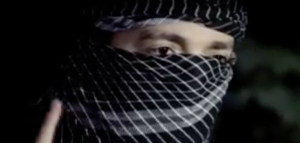A team of scientists claim to have discovered a new colour.
Others are reading now
A team of U.S. scientists has reported the discovery of what they describe as a previously unseen color, following an experiment that involved targeting participants’ eyes with laser pulses to stimulate specific retinal cells.
The findings, published Friday in the journal Science Advances, have sparked both excitement and skepticism in the scientific community.
The color—described as a vivid blue-green—has been dubbed “holo” by the researchers. Participants claimed it was unlike any hue they had previously encountered.
The study’s co-author, Professor Ren Ng of the University of California, called the results “remarkable” and suggested the discovery could pave the way for future research, particularly in the field of color blindness.
Also read
Speaking to BBC Radio 4’s Today programme, Professor Ng, who also participated in the experiment, described the new color as “more saturated than any color you can see in the real world.”
“Let’s say your whole life you only see pink, a pastel pink,” he explained. “And then one day you go to the office and someone is wearing a shirt and it’s the most intense baby pink you’ve ever seen, and they say it’s a new color and we call it red.”
The experiment involved five participants—four men and one woman—all of whom had normal color vision. Three, including Ng, were also co-authors of the study. Each subject looked into a device named “Oz,” a sophisticated setup of lasers, mirrors, and optics originally developed by some of the same researchers at UC Berkeley and the University of Washington.
By directing a laser into the pupil and stimulating specific cone cells in the retina, the researchers created the perception of “holo”—a color they claim doesn’t exist in the natural visual spectrum and cannot be replicated outside of the controlled conditions.
However, some experts remain skeptical. Critics have questioned whether “holo” is truly a new color or simply an unusual combination of existing stimuli interpreted differently by the brain.
They also acknowledge that holo cannot be perceived in the real world without targeted optical stimulation.








